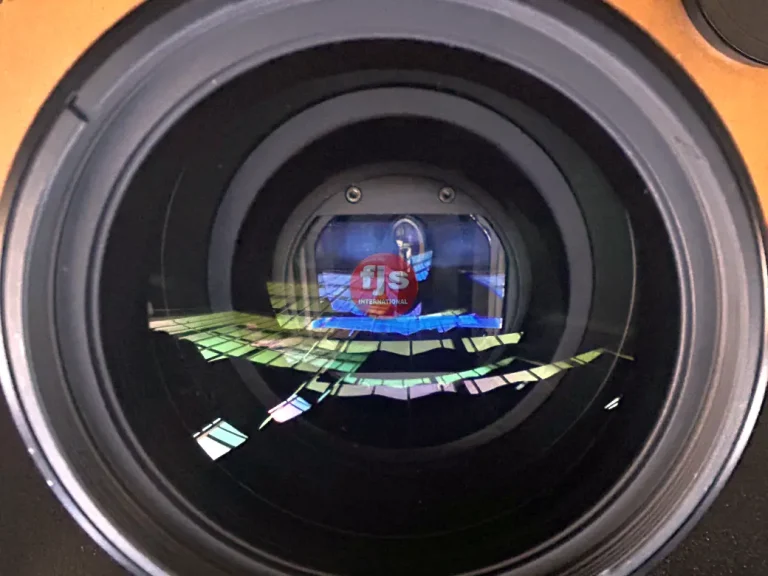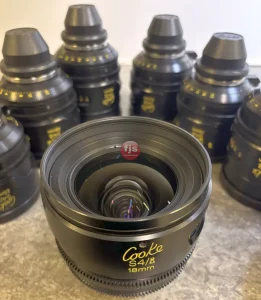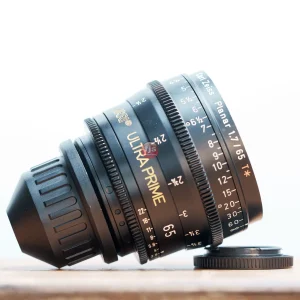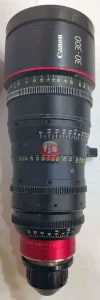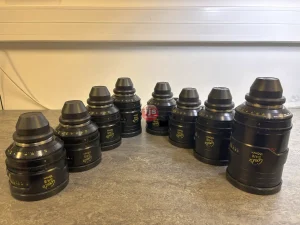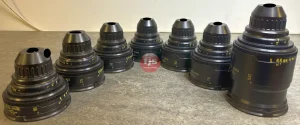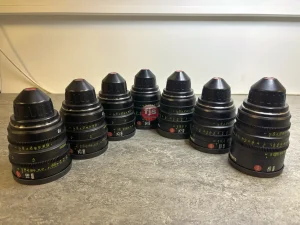Introduction
Third-party anamorphic adapters offer a more affordable way to achieve a cinematic, widescreen look compared to dedicated anamorphic lenses. However, it’s important to be aware of their limitations before investing in one.
Key Limitations of Third-Party Anamorphic Adapters
- Image Quality: Third-party adapters may not always deliver the same level of image quality as dedicated anamorphic lenses. This can be due to factors like lens design, manufacturing tolerances, and optical coatings.
- Compatibility Issues: Some third-party adapters may have compatibility issues with certain camera bodies or lenses. This can lead to vignetting, focus problems, or other image quality concerns.
- Distortion Control: Third-party adapters may not offer the same level of control over distortion as dedicated anamorphic lenses. This can result in uneven stretching or squeezing of the image.
- Build Quality: The build quality of third-party adapters can vary widely. Some may be made of lower-quality materials or have looser tolerances, which can affect their durability and performance.
- Customer Support: Third-party manufacturers may not offer the same level of customer support as larger, more established brands. This can make it difficult to troubleshoot problems or obtain replacement parts.
Conclusion
While third-party anamorphic adapters can be a cost-effective option, it’s important to weigh the potential limitations against your specific needs and budget. If image quality and reliability are top priorities, investing in a dedicated anamorphic lens may be a better choice.
Questions and Answers
- What is the difference between a dedicated anamorphic lens and a third-party anamorphic adapter?
- A dedicated anamorphic lens is designed specifically to create a widescreen effect, while a third-party anamorphic adapter is an accessory that can be attached to a regular lens to achieve a similar result.
- Can I use a third-party anamorphic adapter with any camera?
- Compatibility can vary depending on the specific adapter and camera model. It’s important to check compatibility before making a purchase.
- Will a third-party anamorphic adapter produce the same quality as a dedicated anamorphic lens?
- Image quality can vary depending on the specific adapter and lens. Dedicated anamorphic lenses generally offer superior image quality.
- What should I look for when choosing a third-party anamorphic adapter?
- Consider factors like image quality, compatibility, distortion control, build quality, and customer support.

